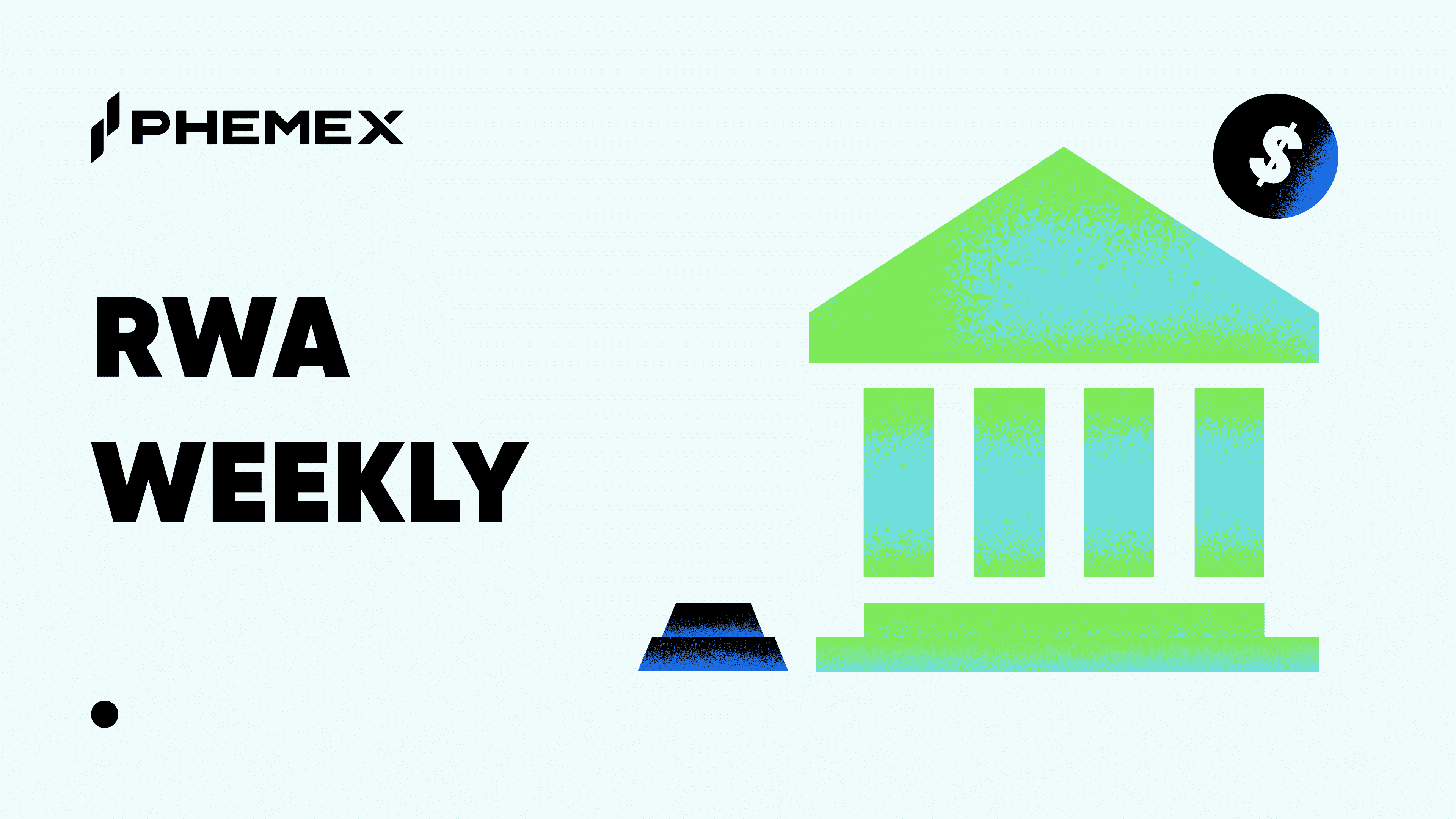The long-awaited Bitcoin ETFs were finally approved by the Securities and Exchange Commission (SEC) in early January 2024. 11 spot Bitcoin exchange-traded funds began trading on Thursday, January 11th. These include BlackRock's iShares Bitcoin Trust, Grayscale Bitcoin Trust, and ARK 21Shares Bitcoin ETF, all of which are currently competing for market share in the latest venture of prominent traditional finance firms into the world of cryptocurrency.
Some even mark these ETFs as a landmark event in the history of Bitcoin, since it can be interpreted as the bastion of traditional finance, the SEC and global funds, which have long been seen as “the establishment” and anti-crypto, finally relenting and diving into the asset class. However, others believe that in the long-run, decentralized blockchain networks like Bitcoin and possibly Ethereum might become dominated by a small number of large funds, thereby defeating the whole purpose of their decentralized ethos. While it’s still too early to tell what the long-term ramifications of the new spot Bitcoin ETFs will be for the overall crypto industry, it’s worthwhile to analyze their potential impact.
What’s the Importance of Bitcoin Spot ETFs?
Bitcoin exchange-traded funds (ETFs) are publicly traded investment funds that enable investors to invest in bitcoin (BTC) without actually holding the cryptocurrency. ETFs are traded on conventional securities exchanges like the New York Stock Exchange and Nasdaq, in contrast to the actual cryptocurrencies, which are exchanged on cryptocurrency exchanges. When investing in a Bitcoin ETF, you do not actually buy Bitcoin directly, but are instead purchasing stock in a fund that owns bitcoin. The goal of this regulated investment vehicle is to remove the technological barriers associated with investing in cryptocurrency by enabling traditional investors to more easily track changes in the price of bitcoin and get BTC exposure without having to physically purchase and store the virtual currency.

In this case, the responsibility of aggregating and keeping the underlying asset in custody falls on the ETF issuer, which greatly lowers the barrier of entry for investors to get Bitcoin exposure but are afraid of getting hacked or are intimidated by any technical know-how. Furthermore, the reason many crypto enthusiasts have been anticipating the approval and launch of spot Bitcoin ETFs is that it means the ETF issuers must possess a significant amount of Bitcoins in storage. Since issuers include some of the largest asset management organizations in the world, such as Blackrock and Fidelity, institutional money will flow into the Bitcoin market and drive up the price. Baby boomer investors, who have historically been apprehensive about crypto investments but place great trust in traditional finance funds, represent a new target demographic for the crypto industry after ETF approval.
In short, the presence of Bitcoin spot ETFs is significant due to the following factors:
- Widespread Adoption: The introduction of a spot bitcoin ETF has the potential to appeal to a broader spectrum of investors, including institutions that have been hesitant to directly engage in cryptocurrency markets due to regulatory concerns. This shift could lead to a greater acceptance of bitcoin as a viable investment asset.
- Regulatory Authorization: The establishment of spot bitcoin ETFs requires approval from regulatory bodies like the SEC, offering an added layer of legitimacy and supervision to cryptocurrency markets. This approval process may contribute to enhanced regulatory clarity and a more favorable reception of cryptocurrencies.
- Convenience and Accessibility: Spot bitcoin ETFs streamline the process for retail investors to enter the bitcoin market, eliminating the technical complexities associated with wallet management and private key security. It presents a more user-friendly and trusted option for a greater number of potential investors.
- Market Maturation: The initiation of spot bitcoin ETFs may indicate the maturation of the cryptocurrency market, reaching a stage where it can support regulated and standardized investment products. This development has the potential to attract additional institutional investment and foster improved market stability.
What Happens to BTC and ETH after ETF Approval?
When Bitcoin spot ETFs came online earlier this month, the issuers started to compete for market share immediately. While ETF products make it easier for investors to get exposure to underlying assets, they also come with management fees to the issuing organization. For Bitcoin spot ETFs however, many providers rushed to slash fees in an effort to attract AUM. Fees currently range from 0.2% to 1.5%, with some firms waiving fees entirely for the initial period in an effort to make their ETF more appealing. For example, ETF issuer Valkyrie reduced their fees to just 0.25% in addition to eliminating them altogether for the first three months of ETF launch.
While the free market compels the 11 spot ETF issuers to improve their service, it’s not a guarantee how much fund flow the ETFs will attract into the crypto space. While the broader cryptosphere was waiting on news of SEC approval, the price of Bitcoin catapulted from below $30k in October 2023 to over $45k by January 9, 2024. However, since many had expected the SEC to grant final approval by January, there was a widespread sentiment of “sell the news” when the ETFs actually do launch. The theory goes that by the time these ETFs are approved, the event had already been factored into BTC price at the time, and that price might actually dip upon the actual news because the sentiment would become reality and there would be a lack of future bullish sentiment. On the other hand, dissenters of this argument point to the fact that after ETF approval, the issuers may still need to accumulate BTC which will result in upward price pressure.

Bitcoin Price Impact from Spot ETFs
So what did actually happen after the spot ETFs went live? Not much time has passed since then, so the long-term effects are still up in the air. Regardless, in the immediate short-term it seems that the “sell the news” crowd was proven correct, because while BTC price remained high at over $46k on the day of approval and day after (January 10th & 11th), it dropped quite significantly to hover around $42k thereafter. Therefore, the approval may have marked a local top for the market as bulls who rode the ETF sentiment wave since last fall decided to offload holdings and take profit.
However, just because the Bitcoin price dipped slightly for a few days, the BTC market may be reinvigorated sooner than one may expect. Following the price decline on January 13th, Blackrock took advantage and bought around 11,500 additional BTC for its ETF. This is a significant amount considering that the Bitcoin network only produces 900 new Bitcoins every day, and this will only decrease as mining rewards are halved later this year. Blackrock’s purchase is evident that ETF issuers will play a major role in the injection of institutional money into the cryptocurrency sector.
Based on data, approximately 46,000 Bitcoins were absorbed by institutional funds in lieu of ETF activity within just a few days surrounding the launch. This could lead to a supply crunch for the asset class, and should be considered bullish overall. Within two days of the spot ETFs going live, they have already seen around $1.4 billion of fund inflows. The top three ETFs that made up the most trading activity came from Grayscale, Blackrock, and Fidelity. The Blackrock ETF was responsible for nearly $500 million in fund flows, with Fidelity following close behind at $422 million. Conversely, Grayscale actually saw outflows of $579 over the initial two days, because investors who were originally in the fund wanted to explore the slew of new options that offered lower fees.
Ethereum Price Impact from Spot ETFs
Despite the fact that the recent spot ETF approvals were only granted for Bitcoin, it’s another cryptocurrency that’s experienced the greatest short-term impact. Ethereum has actually rallied more strongly following spot BTC approvals than the king cryptocurrency itself. On the day following SEC approval, Bitcoin price remained steady while Ethereum price rose by a whopping 9% in just 24 hours. And over the last 7-day period, while Bitcoin has fallen by roughly 8%, Ethereum actually gained roughly 13% and outperformed most of the other altcoins within the top 100 cryptocurrencies by market capitalization.

So what’s the reason for such a boost to occur when the SEC finally approved a Bitcoin ETF? The answer lies in future sentiment, and a bullish narrative forming around the possibility of an Ethereum ETF. After institutional funds get a taste of the fees and AUM they can attract through their first spot cryptocurrency fund via Bitcoin, it’s only natural that they look for similar opportunities and naturally land upon Ethereum funds since it’s the second largest cryptocurrency network by far.
Blackrock CEO Larry Fink, recently stated: “We believe this is just the beginning. ETFs are step one in the technological revolution in the financial markets. Step two is going to be the tokenization of every financial asset.” The firm has already filed for an Ethereum ETF with the SEC, and Fink has publicly asserted his enthusiasm towards an ETH ETF in a quest to get exposure in multiple tokenized assets. While such high level involvement from traditional finance behemoths will likely benefit token prices, it remains to be seen whether the ETF trend will be a net positive for the decentralization movement and cryptocurrency development as a whole.
Read More
- What is a Bitcoin ETF?
- What would an Ethereum ETF Mean for Crypto?
- Impact of Bitcoin ETF in Hong Kong and Asia
- Why is Bitcoin Up Today?
- What are ETFs & How do they Work?
- Crypto Developments and Regulations Across Countries
- What are Eth ETFs & How do they Work?
- What Is an ETP? – Traditional and Bitcoin ETPs Explained










